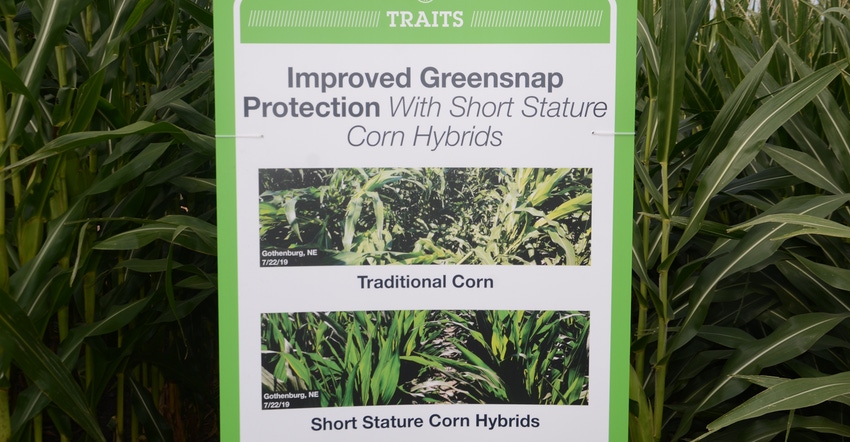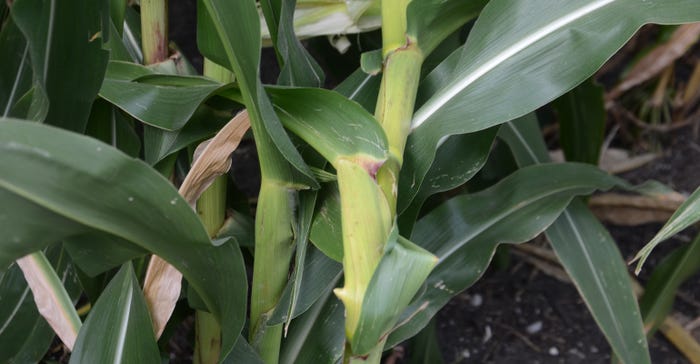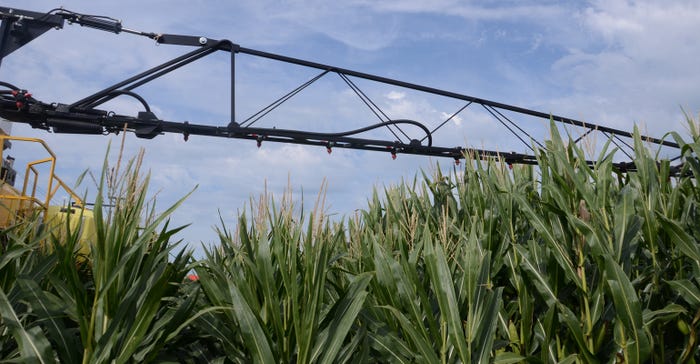
At least one seed corn company, Stine Seeds, has emphasized short corn in breeding programs for years. Corteva Agriscience began working on short-stature corn over a decade ago, and development and testing continue. Bayer will bring short corn developed through conventional breeding to the U.S. market in limited release in 2023, and many independent seed companies will soon have access to short corn through a genetic supplier. Why is short corn capturing attention and gaining traction?
Dave Nanda, director of genetics for Seed Genetics Direct, says it can bring some advantage if — and it’s a big if — short-stature hybrids match conventional hybrids in yield potential.
If a short corn hybrid is fundamentally sound with strong stalks and roots, it has a built-in advantage against lodging and green snap caused by windstorms. Examples of short corn planted next to conventional corn during the derecho in Iowa in August 2020 indicate that indeed, short corn is more likely to withstand high winds better.

In addition to less lodging potential in high winds, shorter corn increases options for the application of fungicide, nitrogen and other nutrients later in the season. Growers with short corn may be able to apply materials with a self-propelled sprayer that now is often applied by an airplane or helicopter.
Beyond these obvious benefits, Nanda believes it should be possible to develop strategies to push population higher with shorter corn.

“Many years ago, I envisioned what the corn plant of the future might look like,” Nanda explains. “I drew a plant shaped more like a Christmas tree for better light interception lower in the canopy, and I also envisioned a shorter plant.
“If growers want to push yields much higher in the future, they need to find ways to space plants at more equal distances, like in narrower rows, and increase plant populations.”
Short corn could be one way to move in that direction. However, Nanda says it will only work if short-stature hybrids are high-yielding, and if agronomists assist farmers in discovering the best management strategies for growing short corn.
About the Author(s)
You May Also Like




